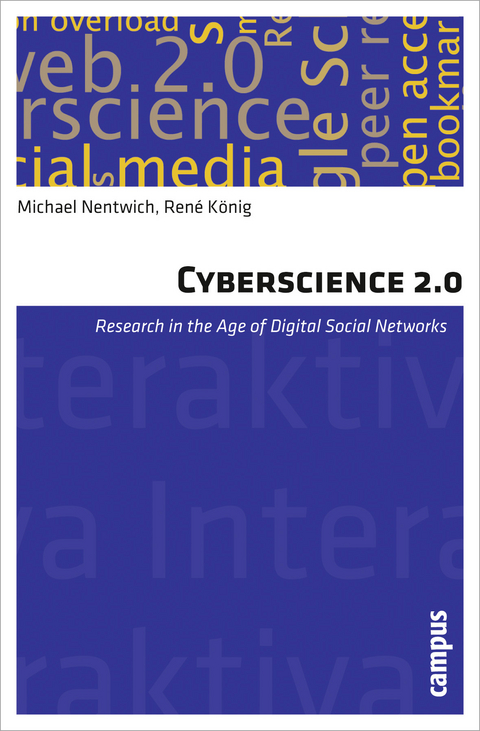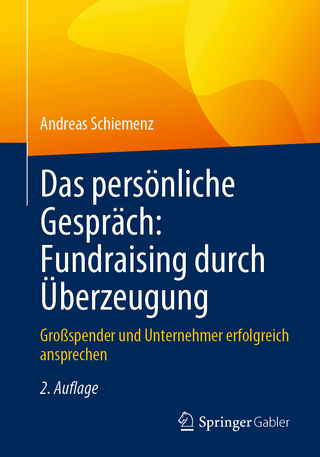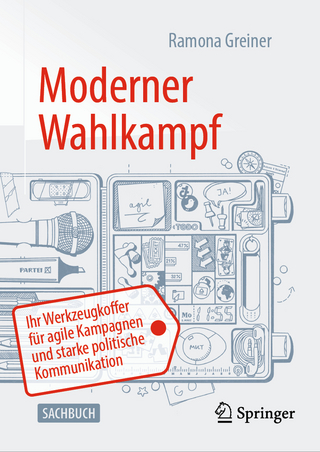Cyberscience 2.0
PD Dr. Michael Nentwich ist Direktor des Instituts für Technikfolgen-Abschätzung (ITA) der Österreichischen Akademie der Wissenschaften in Wien. René König, Dipl.- Soz., arbeitete dort im Projekt »Interactive Science«.
Contents
PrefaceIX
1 Introduction1
1.1 Cyberscience 1.0 Revisited2
1.2 Web 2.0 and Cyberscience5
1.2.1 The Internet is becoming a social space5
1.2.2 Social media, digital social networks and digital social culture7
1.2.3 On the path to cyberscience 2.0?9
1.3 Conceptual Framework and Methods11
1.3.1 Modeling scholarly activities and ICT impact on academia11
1.3.2 Methods applied15
2 Case Studies17
2.1 Social Network Sites19
2.1.1 Main functions26
2.1.2 Potential for science and research33
2.1.3 Usage practices and impact35
2.1.4 Interim conclusions48
2.2 Microblogging50
2.2.1 Main functions51
2.2.2 Potentials for academia54
2.2.3 Usage practices and impact57
2.2.4 Interim conclusions70
2.3 Collaborative Knowledge Production-The Case of Wikimedia72
2.3.1 Main functions and core principles74
2.3.2 Potentials for academia82
2.3.3 Usage practices and impact85
2.3.4 Interim conclusions97
2.4 Virtual Worlds-The Case of Second Life100
2.4.1 Main functions101
2.4.2 Potentials for science and research103
2.4.3 Usage practices and impact104
2.4.4 Interim conclusions112
2.5 Search Engines-The Case of Google113
2.5.1 Main functions116
2.5.2 Potential for academia125
2.5.3 User practices and impact127
2.5.4 Interim conclusions139
3 Cross-Cutting Analysis143
3.1 Interactivity as a Crucial Category143
3.1.1 Utopian and dystopian perspectives143
3.1.2 Insiders and outsiders: methodological issues146
3.1.3 Overcoming the barriers between utopians and dystopians149
3.2 New Windows in the Ivory Tower151
3.2.1 Bringing together the academic and the public sphere152
3.2.2 Blurring media formats155
3.2.3 Blurring roles158
3.2.4 Bridging the boundaries?161
3.3 Academic Quality and Digital Social Networks163
3.3.1 Recent developments in academic quality control163
3.3.2 Ex ante quality control for or through digital social networks?165
3.3.3 Ex post quality control in digital social networks168
3.3.4 Crediting and incentives171
3.4 Information Overload or Information Paradise?172
3.4.1 The evolution and diversification of communication channels in academia173
3.4.2 Quantitative impacts of multi-channel communication176
3.4.3 Qualitative impacts?178
3.5 Between Transparency and Privacy181
3.5.1 Privacy versus transparency in the Web 2.0182
3.5.2 Privacy impact assessment of academic use of social media183
3.5.3 Paths towards transparent and privacy-friendly academic Web 2.0?185
3.6 Towards Democratization of Science?188
3.6.1 What does democratization mean?188
3.6.2 Internal democratization?190
3.6.3 External democratization?194
3.6.4 Obstacles for assessing democratization processes197
4 Overall Conclusions and Outlook199
4.1 Maturing Cyberscience199
4.2 The Cyberscience 2.0 Prospects201
4.3 An Ambivalent Overall Assessment205
Abbreviations207
List of Tables209
List of Figures210
Bibliography211
Index233
1 Introduction
In the early part of the 21st century one of us coined the term "cyberscience" (Nentwich 2003) to describe the trend of applying information and communication technologies (ICT) to scientific research. Scholars tended increasingly to use the Internet not only to exchange e-mails, but also to participate in online debates, cooperate at distance, use remote databases, simulate and model reality on their computers, and teaching their students with the web. These developments have not come to a halt since the early days but have accelerated and diversified ever since. As will be discussed in section 1.1, the Internet has today become an essential tool for everyday scholarly communication; academic work without the use of the Internet is now as unthinkable as writing an academic paper on a typewriter, especially for young researchers. The emergence of Web 2.0 opened up new opportunities, seized not only by the general Internet community worldwide, but increasingly also by researchers and academic teachers. During the same period powerful commercial actors continued the development of the Internet and made it a different place compared to its early days.
This book focuses on these latest trends and addresses two interrelated research questions: What role does the digital social culture triggered by Web 2.0 play in the academic world at present and what are the potentials of platforms such as Twitter, Facebook, and Wikipedia? What impact will the emerging socio-technical practices have?
We approach an answer to these questions in three steps. First, we will review the status quo of how cyberscience developed (1.1) and which new tools and platforms evolved over the last decade with the potential to serve the academic communities (1.2); as a basis for our empirical research and subsequent analysis, we will present our conceptual framework (1.3). Second, we will present five empirical case studies, discussing promising fields of the developments in recent years when it comes to analyze the potential impact on academia: social network sites such as Facebook and similar sites specifically dedicated to research communities (2.1); microblogging with a focus on Twitter (2.2); collaborative knowledge resources, exemplified by various projects of the Wikimedia foundation, namely Wikipedia, Wikibooks, and Wikiversity (2.3); virtual worlds, in particular the rise and fall of Second Life (2.4); finally the most prominent and ubiquitously used universal search engine Google Web Search as well as Google Scholar and Google Books, which are of special interest for academia (2.5). In a third step, we will analyze the empirical material of chapter 2 in the light of our conceptual framework identifying the following key issues: the crucial role of interactivity (3.1); the blurring boundary between academia and the public (3.2); academic quality in the age of Web 2.0 (3.3); the problem of multiple channels and information overload (3.4); transparency and privacy (3.5); and finally potentially democratizing effects emerging from the participatory possibilities of the new platforms (3.6). The book closes with an outlook and overall conclusions, in which we put the analyzed developments into perspective (4.)
| Erscheint lt. Verlag | 19.4.2012 |
|---|---|
| Reihe/Serie | Interaktiva, Schriftenreihe des Zentrums für Medien und Interaktivität, Gießen ; 11 |
| Zusatzinfo | 23 Abb., teilw. farbig |
| Verlagsort | Frankfurt |
| Sprache | englisch |
| Maße | 140 x 213 mm |
| Gewicht | 315 g |
| Themenwelt | Sozialwissenschaften ► Kommunikation / Medien ► Kommunikationswissenschaft |
| Sozialwissenschaften ► Kommunikation / Medien ► Medienwissenschaft | |
| Schlagworte | Digital Divide • Digitalisierung • Internet • Internet; Einzelne Sachgebiete • open access • Programm • scientific community • Social Web • Soziales Netzwerk (Internet) • Web 2.0 |
| ISBN-10 | 3-593-39518-5 / 3593395185 |
| ISBN-13 | 978-3-593-39518-0 / 9783593395180 |
| Zustand | Neuware |
| Haben Sie eine Frage zum Produkt? |
aus dem Bereich




